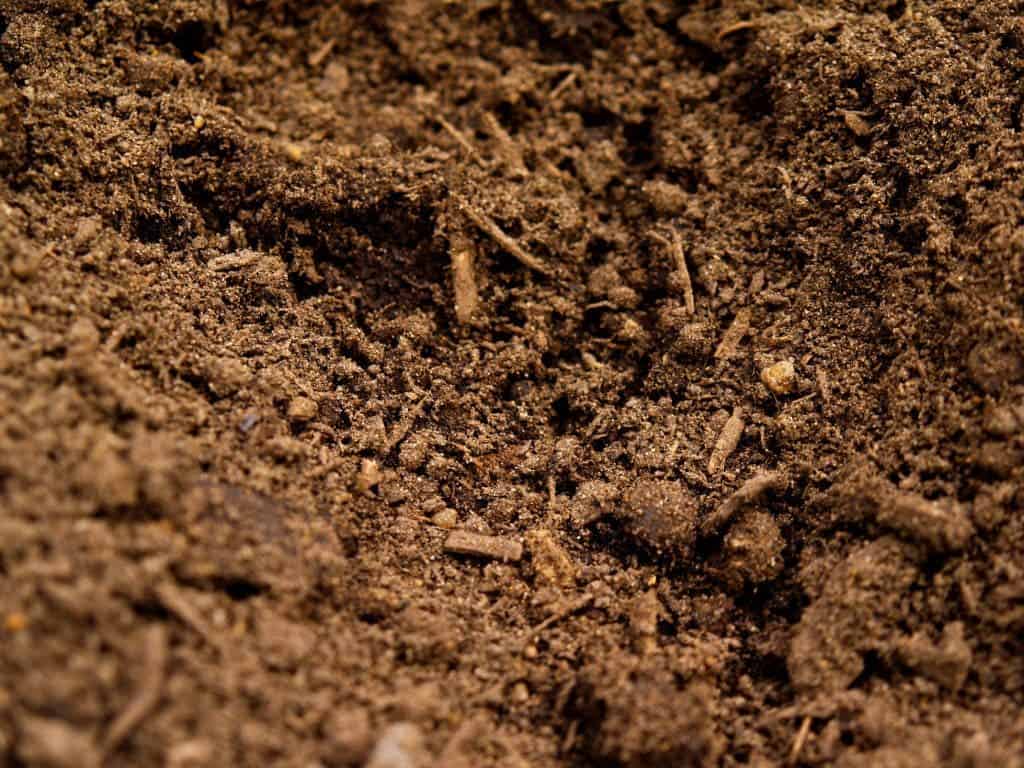Pesticides are a key component of modern agriculture, with many farmers that rely on them to keep pests out of their crops. But there’s a growing problem: the more we use them, the more damage we are causing to the small organisms that keep soils healthy and underpin all life on land. According to a new study, that damage also affects creatures that don’t often get our attention.

Soils are the most complex and biodiverse ecosystems on earth, containing nearly a quarter of the planet’s diversity. A handful of soil contains an estimated 10 to 100 million organisms only a small percentage of which have been described. We don’t often give them credit, but soils underpin the vast majority of life on land — oftentimes, quite literally.
But the future of soils looks bleak without urgent action, the UN warned last year. When it comes to soil conservation, we seem to be missing the mark.
Increases in land conversion and agricultural intensification are accelerating the loss of soil biodiversity and, as a result, the ecosystem services that soils provide have dropped by approximately 60% — but that’s just the start of it. Many insects that depend on soil for portions of their life cycle, like ground beetles, have declined greatly in recent decades.
No more habitats
Habitat loss due to agricultural intensification and pollution, primarily from synthetic agricultural pesticides and fertilizers, is thought to be the major driving factor in recent insect declines. It’s an increasing threat, adding more and more pressure on already strained ecosystems. But for all this pressure, soil organisms are rarely a consideration when governments and other officials assess the impacts of pesticides.
“The level of harm we’re seeing is much greater than I thought it would be. Soils are incredibly important. But how pesticides can harm soil invertebrates gets a lot less coverage than pollinators, mammals, and birds – it’s incredibly important that changes,” Nathan Donley, author of the new review, told The Guardian.
Donley and a group of United States researchers reviewed almost 400 studies of the effects of pesticides on non-target invertebrates that live at least part of their lives in the soil, such as earthworms — unglamorous but essential animals for ecosystems. The study covered more than 275 species and 284 pesticides and excluded all the chemicals that are currently banned in the US.
The researchers looked at over 2,800 “tested parameters”, where a specific pesticide had been tested on a specific organism for a particular feature (such as mortality, abundance, behavior, morphological changes, and reproduction). They found that 71% of the tested parameters showed negative effects from pesticide exposure.
Insecticides were by far the most studied pesticide type and, unsurprisingly, because they are designed to target invertebrates, had the largest negative impact on soil invertebrates of any pesticide analyzed. Insecticides consistently negatively affected approximately 60% to 85% of all tested parameters among the taxa studied.
“We all want fertile agricultural soils, but this shows that the pesticides we are applying are assaulting the fertility of the animals that live in the soil,” Matt Shardlow from the NGO Buglife told The Guardian. “If we want to protect healthy soils we do need to take soil organisms into consideration when deciding if a pesticide is safe to use.”
A typical functional soil community is comprised of hundreds to thousands of species. Soil invertebrates perform a variety of different ecosystem services essential for agricultural sustainability, such as pest control. Predators and parasitoids, such as beetles and wasps, prey on arthropods that interfere with crop production.
While soil organisms are at particular risk from exposure via direct soil applications, they can also be exposed to pesticides through other routes, the researchers explained. This includes drift from foliar sprays, the inclusion of pesticides in irrigation water, or absorption of pesticides into plant tissue that eventually returns to the soil.
“The prevalence of negative effects in our results underscores the need for soil organisms to be represented in any risk analysis of a pesticide that has the potential to contaminate soil, and for any significant risk to be mitigated in a way that will specifically reduce harm to the soil organisms that sustain important ecosystem services,” the researchers wrote.
The study was published in the journal Frontiers in Environmental Science.






